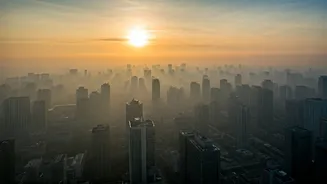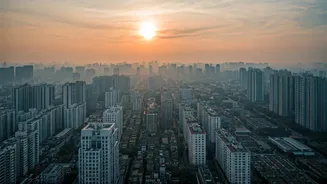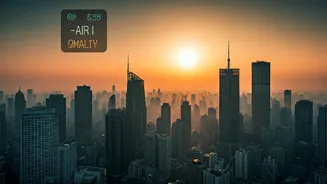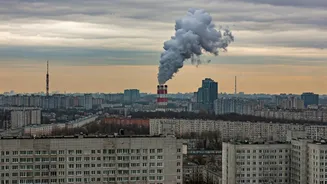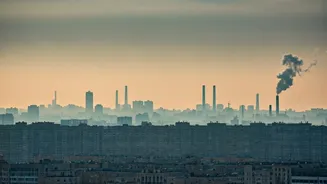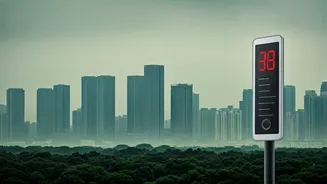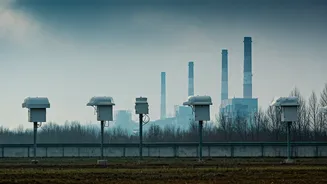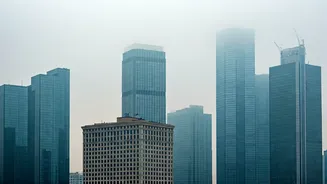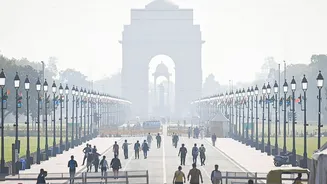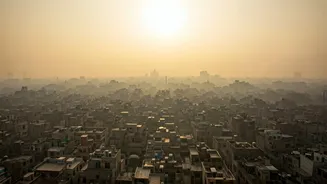Toxic Haze Descends
Following the Diwali celebrations, Delhi experienced a drastic deterioration in air quality. The Air Quality Index (AQI) soared to 211 due to the extensive
use of firecrackers, which released a multitude of harmful pollutants into the atmosphere. This resulted in a thick toxic haze, significantly affecting visibility and posing a serious threat to the health of the city's inhabitants. The post-Diwali period is often marked by a surge in respiratory ailments and other health issues linked to air pollution.
Sources of Pollution
The primary cause of the heightened pollution levels in Delhi was the widespread use of firecrackers during Diwali. These crackers release a variety of pollutants, including particulate matter, nitrogen oxides, and sulfur dioxide. The Indo-Gangetic Plains region, where Delhi is situated, is also prone to pollution due to factors such as stubble burning in neighboring states and vehicular emissions. These factors, combined with unfavorable weather conditions, have created a perfect storm for severe air pollution.
Mitigation Strategies Explored
In response to the alarming air quality, Delhi authorities are considering implementing various strategies to mitigate the effects of pollution. One such approach is cloud seeding, which aims to induce rainfall to clear the air. However, this strategy is contingent upon suitable weather conditions. Additionally, the government is likely to consider the implementation of stricter regulations, including the potential enforcement of GRAP stage-3 curbs, if the AQI approaches critical levels. These measures are designed to curb the sources of pollution and protect public health.
Health Implications Noted
The impact of the toxic haze on public health is a significant concern. Exposure to high levels of air pollutants can exacerbate respiratory illnesses, such as asthma and bronchitis, and can also lead to cardiovascular problems. Children, the elderly, and individuals with pre-existing health conditions are particularly vulnerable. Public health officials are urging residents to take precautions, such as avoiding outdoor activities during peak pollution hours, wearing masks, and monitoring air quality updates. Regular monitoring of air quality by authorities like the Delhi AQI is crucial.
Looking Ahead
Delhi's battle against air pollution is ongoing, and addressing the issue necessitates a multi-faceted approach. Beyond immediate measures like cloud seeding and GRAP restrictions, the long-term solution involves addressing the root causes of pollution. This includes stricter enforcement of emission standards, promoting sustainable transportation options, and reducing the practice of stubble burning in agricultural areas. Public awareness campaigns and community involvement are also critical to creating a cleaner, healthier environment for all. It's an ongoing challenge.
